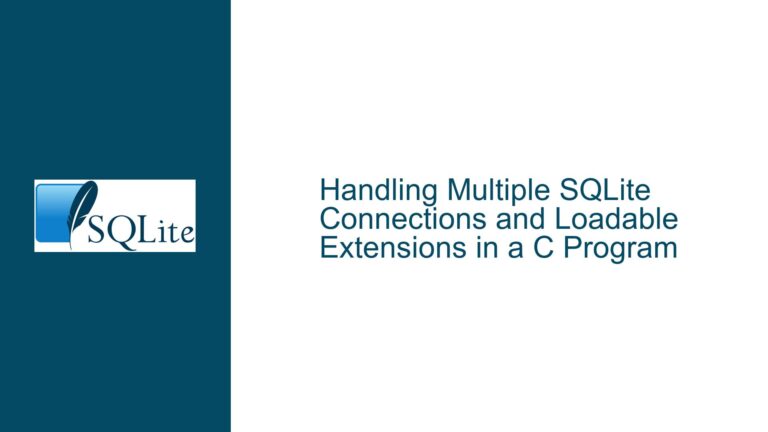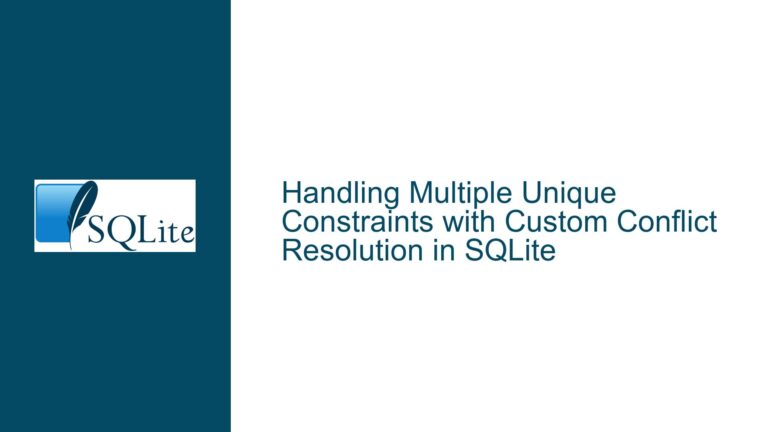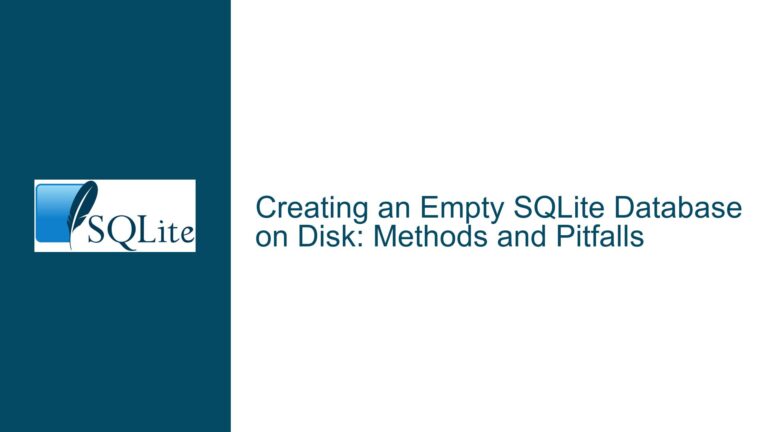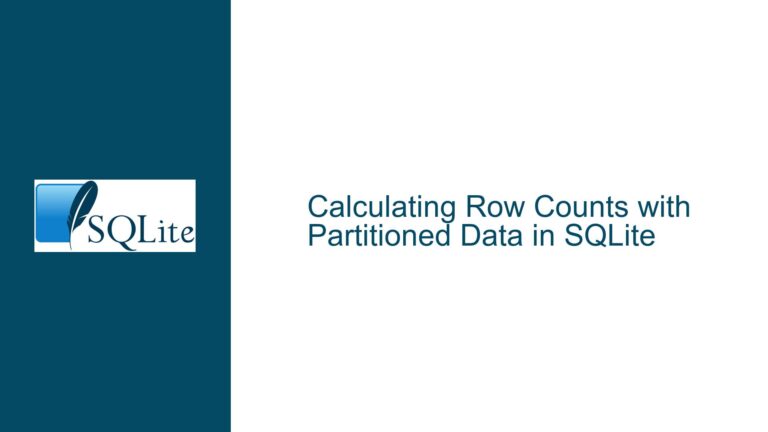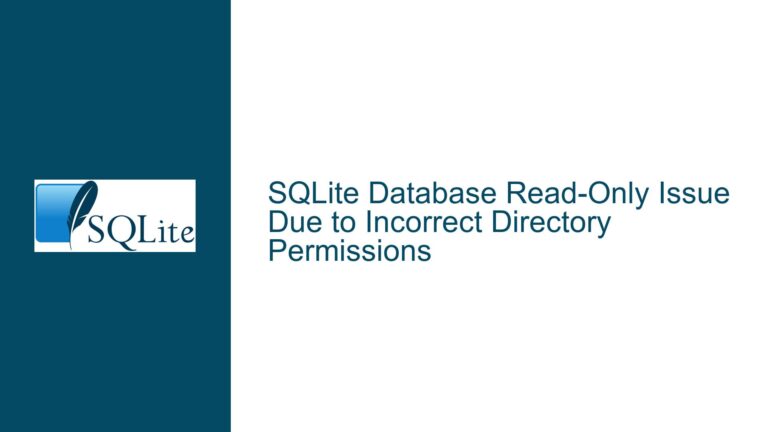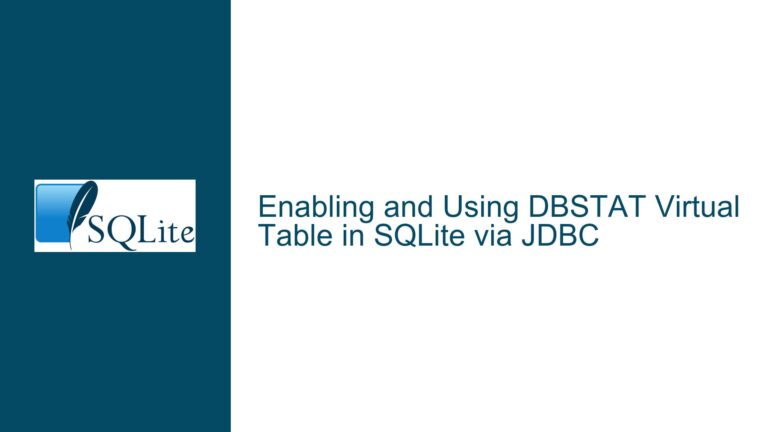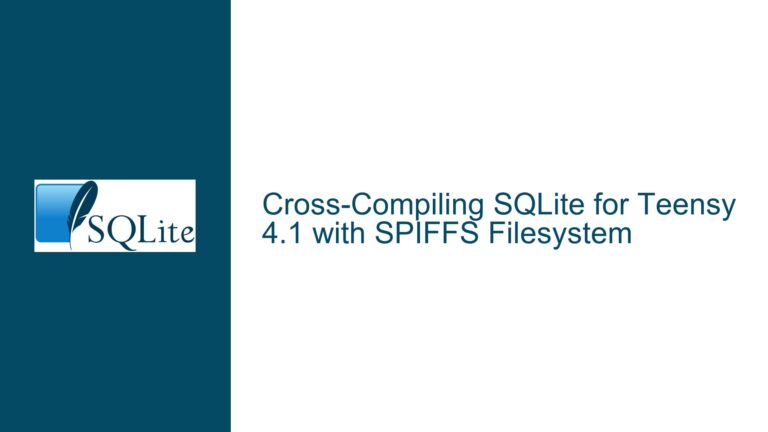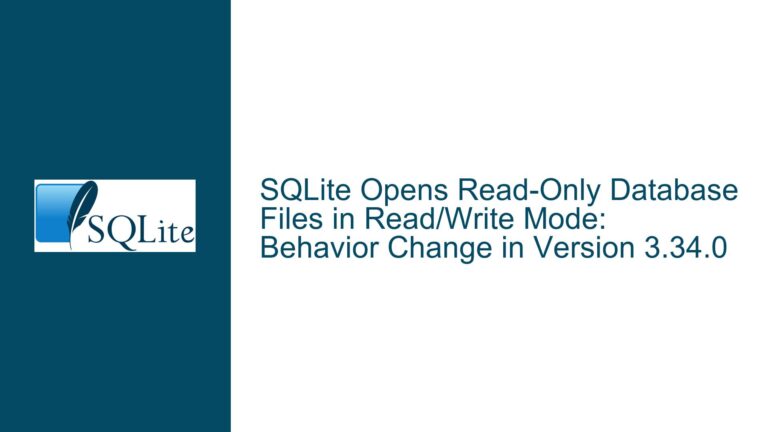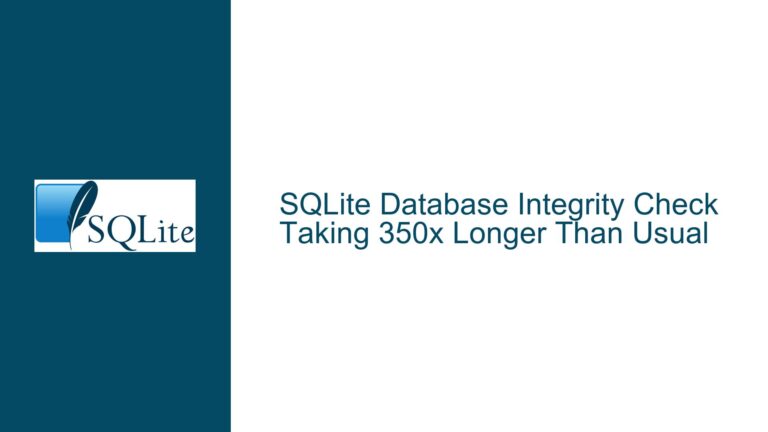Handling Multiple SQLite Connections and Loadable Extensions in a C Program
SQLite Database Connections and Loadable Extensions in a Multi-Tab Environment When working with SQLite in a multi-tab environment, particularly within a browser extension that interfaces with a C program, understanding how to manage multiple database connections and loadable extensions is crucial. The core issue revolves around how to efficiently handle multiple database connections, whether to…
